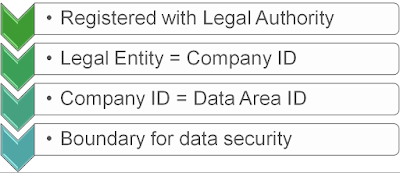8 Ways to Save Time and Money - Part 5: System Performance
System performance is one of those problems that exists in just about every
company I have ever consulted with. It might be your ERP, it might be general
networking, it might be an integration to that home-grown system that you built
like a million years ago—but you absolutely cannot get rid of. I like to think
of the system performance issue as that “and for everything else there is Master
Card” commercial. It is really difficult to put a true ROI or determine what it costs you.
System
performance can have a much greater impact than just the time and money it
costs your business. It can have a serious impact on employee moral. When
employees view your systems as having performance issues they are often times
less motivated to complete work, they may complain and create a negative team
moral, they may use it as an excuse to cover up their lack of personal
performance, just to name a few.
Additionally,
systems performance issues may be a sign of security issues among your systems.
This can lead to even bigger problems long term if they are not dealt with
accordingly.
So this leaves the questions of "What do you do about your performance issues?" Where do you start? There are
some things you can do on your own to help identify the issues.
1. A survey is a
good way to gather feedback—but be warned that this can be a slippery slope as
well. If you don’t plan to address the issues that employees bring up, employee
moral can drop even further.
2. Another option is to consider using key
stakeholders as the communication point for performance issues and gather and
document issues through them.
3. A third option is to use a “friendly” resource to
shadow and observe employees throughout the company to observe and document the
performance issues. This is a great option to consider because you can often
times find “silly” business processes that cause processes to be more difficult or training issues
where people are not trained to complete a task as the business process is
designed. You can almost think of this as a self-business process audit.
Once
you have gathered the information about the performance issues you can begin
categorizing the issues and addressing them. If you don’t have the expertise,
time, or resources to make the required changes, consider outsourcing this to
your partner.
One of my colleagues has written a detailed blog article about the importance of IT Health Checks. You can read the article here.



Comments
Post a Comment